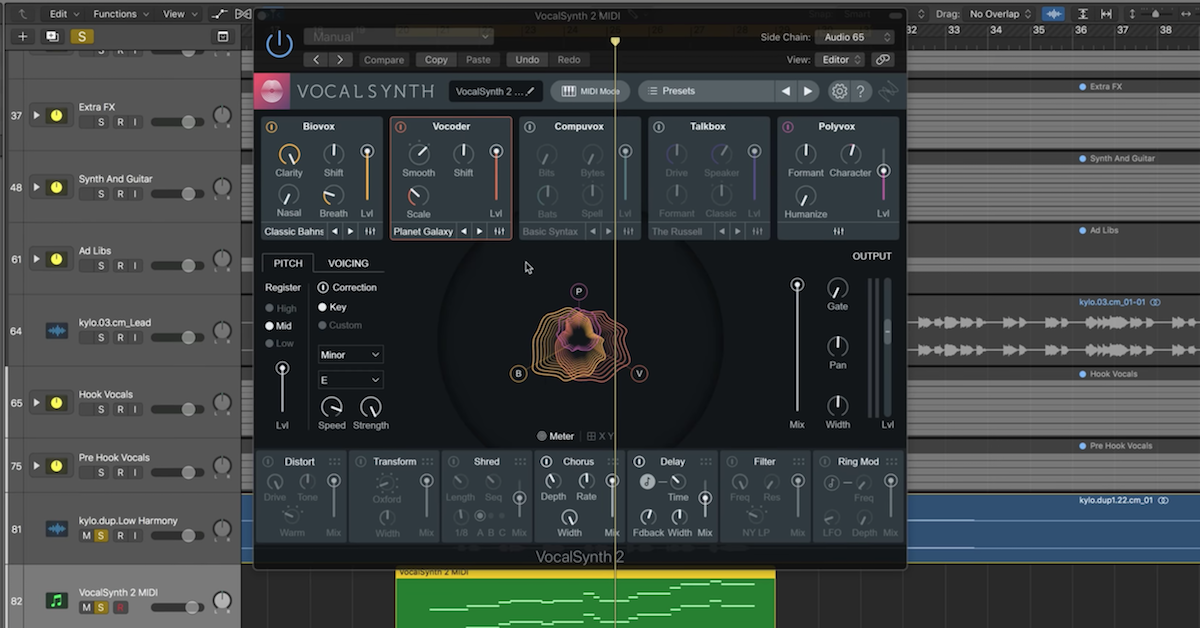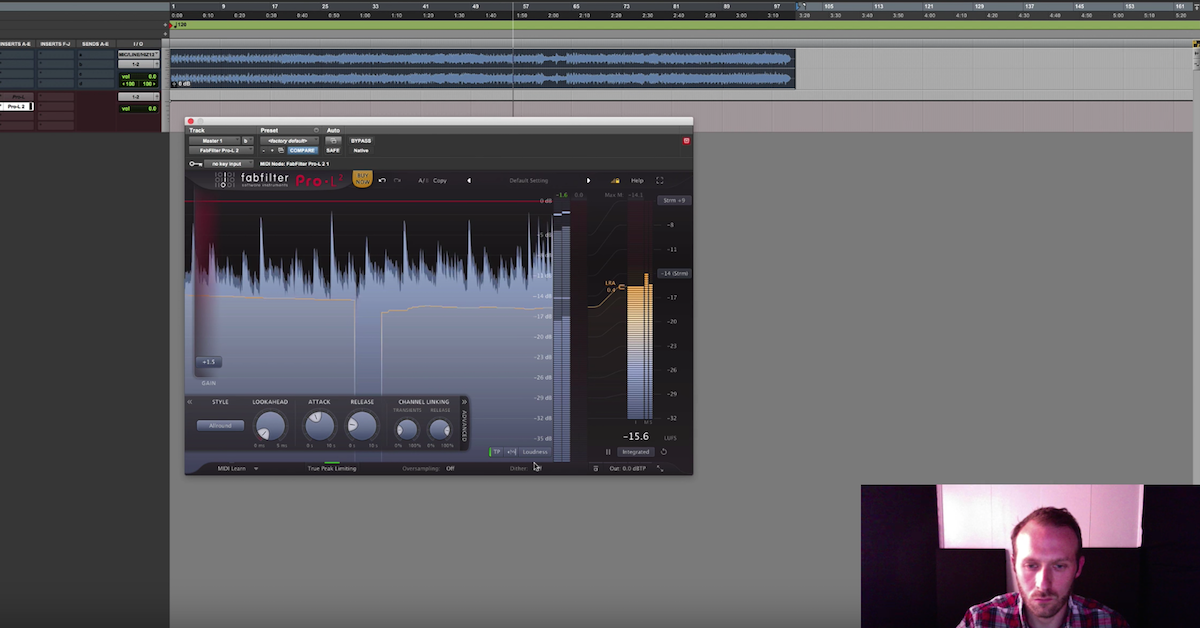Mixing: Don’t Always Trust What You See
Article Content
Pretty ominous title, right?
There’s no doubt that the art of audio mixing has become much more of a visual affair than ever before. There’s certainly more visual content that aids our understanding of mixing concepts, but to what extent do visual cues actually help us mix? Where should we draw the line in trusting our eyes over our ears?
While I think visual content is invaluable for understanding how mixing works, I think it’s good to ‘mix’ it up a bit sometimes. So in this article, I’ll explain how visual content can actually be distracting for both concepts and in practice.
EQ Cheat Sheets
You know those EQ charts that show the frequency content of all the common instruments you’ll come across when mixing. There’s no denying their popularity, and it’s useful to know some starting points if you’re totally new and lost, but I’m not sure it really pays off to memorize them or have them stuck on your wall for reference.
Don’t get me wrong, they might prove to be useful to begin with, but there’s no chance they’ll hit the mark for you every instrument and every mix. You’ll be better prepared if you expand your own understanding of EQ for your particular projects.
The suggested frequency bands for words like ‘boomy’, ‘sizzle’ and ‘body’ can be quite subjective, especially when working with clients, but it can’t hurt to familiarize yourself with them.
Overall, I think it’s better practice to develop your own critical listening instead of putting your trust into a visual chart.
Visualizing Your Mix
If you’re into books, they don’t come much more visual than David Gibson’s ‘The Art of Mixing’ (video here), which depicts mix sessions aesthetically through the use of 3-dimensional environments. Gibson shows instrument placement for various genres and how time- based effects affect the space for volume, frequency and panning.
I found this book to be quite useful when I was started out, as it unlocked a new way of thinking. However, these sets of mix visualizations offer little in the way of explaining how to transfer the concepts to a real-world mix.
What’s the Problem?
There’s no denying that visual content helps our understanding of mixing concepts, but these examples shouldn’t be followed blindly without first knowing the ‘why’. The content is often too broad to offer much guidance for your own specific projects.
Take ‘electric guitar’ for instance. Pretty vague by today’s standards. Even if you know more about the guitar (number of strings, tuning), the EQ charts tell you nothing about how to get the guitar to sit in the mix. We’re advised not to EQ in solo, so how helpful are these graphs really when used in context?
Personally, I feel these visual concepts would perhaps serve you best in a science-based audio school. Academics always like to see some ‘technical’ data behind your mix choices, so using these examples will probably score you some points at school.
Nothing prepares you for real-world mixes better than practice and experience. It’s as simple as that.
Quit Staring at Your DAW!
How many of you watch your mix? What I mean is, are you constantly following the playhead, watching all the waveforms approaching? … Have you ever stopped to think how this could be affecting the way you mix?
When you watch the waveforms as they meet the playhead, your brain knows to actively listen out for them. This anticipation can sometimes make the tracks sound louder in our mind than they actually are.
Say there’s a waveform coming up that looks like a crescendo. Your eyes acknowledge this information and then tell your brain what to expect, so it will be emphasized to your ears that there is a crescendo, even if it’s not as obvious in reality.
When this happens to me, I ask myself questions like “Is my automation making what I want to happen clear enough?” or “can I really hear the guitar harmony in the chorus?” These might sound a bit obvious, but your eyes can often inaccurately tell you what you’re hearing, so it helps to step back and just listen!
How many of you turn your car radio down when you’re lost or when you’re parking? If our brain is wasting its resources on processing less important things, it’s far more likely you’ll lose focus on what your ears are truly hearing.
It’s very dangerous to favor what ‘looks’ right rather than ‘sounds’ right. While there are more accepted ways to do things, you will sometimes find yourself achieving better results pushing the boundaries. It doesn’t matter that the EQ curve on your track doesn’t look anything like the one you saw on that YouTube tutorial — if it sounds good, trust your ears.
In fact, why not try using an EQ plugin that you’ve never used before? Your eyes won’t know what to expect, so your ears get the chance to really focus on how the sound is behaving.
Think about the listener. All they have is the audio content. Keep that in mind when you’re mixing. The listener doesn’t know, nor care what EQ curve your snare has — If we obsess over what’s on our screens, the focus on the audio will inevitably be compromised.
In Conclusion…
“Just use your ears, bro!”
Just kidding, but in a way it’s true — in the sense that ultimately, the only thing we should trust is our ears.
Visual content is there to aid us, not to distract us. So make sure your ears are in control!






